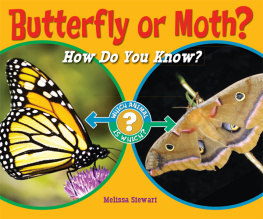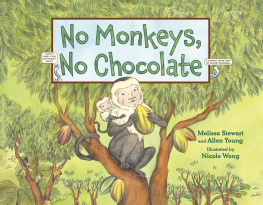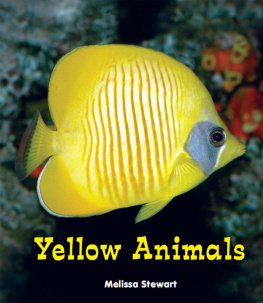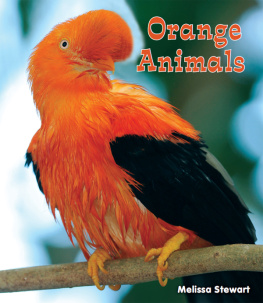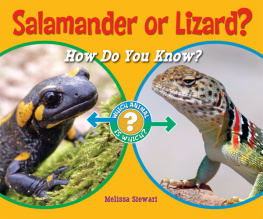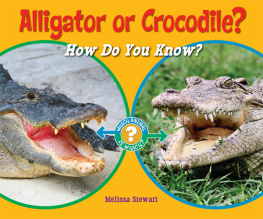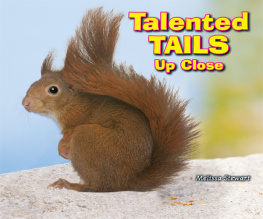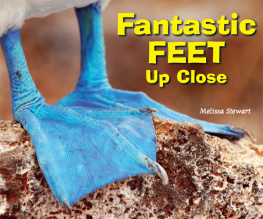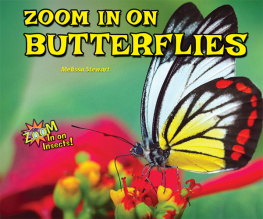Animal Look-Alikes
How can you tell a butterfly from a moth? What is the difference? Find all the tips and hints you need to tell these two animals apart!
"Fun and informative! These books celebrate the delightful differences between animals that seem similar, and invite young readers to learn the important clues that tell them apart."
Helen Hess, PhD, Series Science Consultant
Professor of Biology, College of the Atlantic, Bar Harbor, Maine
"Beginning readers will be fascinated with these fact-filled and easy-to-read books."
Allan A. De Fina, PhD, Series Literacy Consultant
Dean, College of Education/Professor of Literacy Education
New Jersey City University
Past President of the New Jersey Reading Association
Note to Parents and Teachers
The Which Animal Is Which? series supports the National Science Education Standards for K4 science. The Words to Know section introduces subject-specific vocabulary words, including pronunciation and definitions. Early readers may need help with these new words.
About the Author
Trained as both a scientist and journalist, Melissa Stewart is the award-winning author of more than 100 books for young readers. While gathering information for her books, Melissa has explored tropical forests in Costa Rica, gone on safari in Kenya and Tanzania, and swum with sea lions in the Galpagos Islands.

antennae (an TEN ee)Two structures on the head of insects and some other animals. They help animals sense the world around them.
chrysalis (KRIS uh liss)The hard outer skin on a butterfly pupa.
cocoon (kuh KOON)The silky case spun by a moth caterpillar. The moth pupa lives in it while it changes into an adult insect.
insect (IN sekt)An animal with three body parts and six legs. Most insects have two pairs of wings.
predator (PREH duh tur)An animal that hunts and kills other animals for food.
pupa (PYOO puh)The third part in the life cycle of some insects. A pupa changes into an adult.
scale (skayl)One of the thin, flat, skinlike plates that cover the wings of butterflies and moths.

Image Credit: Shutterstock.com

Image Credit: Shutterstock.com
Which of these insects is a butterfly? Which one is a moth? Do you know?

Image Credit: Shutterstock.com

Image Credit: Shutterstock.com
Eastern tiger swallowtail butterfly
A butterfly has two antennae for smelling. They are long and thin. Each one has a round knob on the end.

Image Credit: Henrick Larson
Eggar moth
A moth's antennae are short and feathery. They help a moth smell and fly.

Image Credit: iStockphoto.com: Greg Gardner
Ulysses butterfly
Most butterflies fly during the day. They rest at night.

Image Credit: Stephen Dalton
Spurge hawk moth
Most moths fly at night. They rest during the day.

Image Credit: Shutterstock.com
High brown fritillary butterfly scales
A butterfly has a thin, smooth coat of scales on its wings.

Image Credit: Ted Kinsman
Luna moth wing
A moth has a thick, fuzzy coat of scales. The thick coat helps the moth stay warm at night.

Image Credit: Shutterstock.com
Birdwing butterfly
A butterfly rests with its wings closed. On cool mornings, a butterfly spreads its wings to soak up sunlight.

Image Credit: Shutterstock.com
Melanic peppered moth
A moth rests with its wings open.

Image Credit: Shutterstock.com
Common bluebottle butterfly
Most butterflies have bright wings. The colors can attract mates. They can help the butterfly blend in with flowers. They can even warn predators to stay away.

Image Credit: Shutterstock.com
Tau emperor moth
Most moths are brown or gray. Their dull colors help them hide while they rest during the day.

Image Credit: Shutterstock.com
Monarch butterfly chrysalis
A butterfly has four parts to its life cycle. They are egg, caterpillar, pupa, and adult. A pupa hangs from a branch or a stem. A hard skin called a chrysalis protects it.

Image Credit: Photo Researchers, Inc.: Millard H. Sharp
Polyphemus moth cocoon
A moth has four life stages, too. A moth pupa usually lies on or under the ground. A cocoon of silk surrounds it.

Image Credit: Shutterstock.com
It's a butterfly!


